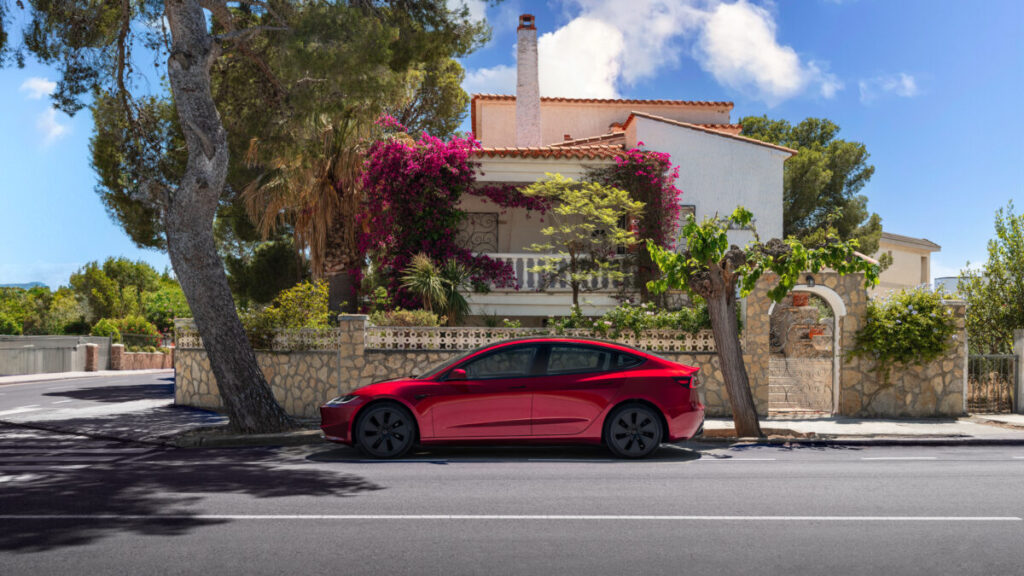Researchers in Spain have simulated an energy community with varying penetration levels of electric vehicles (0%, 50%and 100%) to analyze system optimization under various regulating frameworks and EV brands. Charging strategies have considerably influenced overall performance and results.
Research led by scientists at the University of Geneva of Switzerland analyzed the impact of EVs on Solar Energy energy communities. The study investigated how 0%, 50%and 100%EV penetration influence solar size, investment stimuli and low-voltage griders.
“The research presents a multidisciplinary approach for the complete assessment of investment drivers of solar energy and the individual and mutual impact of PV generation and electric vehicles on the DistributieGrid,” said researcher Selina Kecher PV -Magazine. “No other study evaluates the impact of electric vehicles on the investment decision of a solar energy community and the individual and mutual impact of distributed solar PV and electric vehicles on a really low-voltage schedule for a whole year.”
The simulated energy community was in North Spain and included 360 households. PV panels had a nominal force of 405.49 W. All houses had smart meters and the model used a European three-phase unbalanced distribution system with 184 buses. Because only detached houses had private -Parking venue, full EV -penetration meant 55 households with EVs; 50% penetration meant 28.
Charging behavior
In both scenarios, 55% of households had full -time employees (daily five to 11 hours outside the house), 30% were part -time (three to six hours) and 15% were unemployed. A third of the EV owners rode a Fiat 500E, a third of a Kia Niro and a third one a Tesla model 3. Half charged at home, and half used external chargers such as at workplaces. Two charging scenarios were tested: uncontrolled/direct charging at maximum power from the connection point, and even on loading on uniform power during inactive time.
The study included three institutions for energy community: one without feed-in reward; one in which only detached houses could install PV with feed-in reward; And one where all households could install PV with feed-in reward. Investment optimization was carried out for eight representative days and for a full year. The supposed integrated PV investment costs were € 1,400 ($ 1,625)/kW. Contracted electricity cost € 0.11/kW per day, and taxes and surcharges were € 0.139/kWh.
“The study emphasizes the effects of the tax form and the food regulation on the viability of extra PV panel investments,” said Kerscher. “Feed-in-release makes more surplus generation of cost-effective generation and compensates for the cost-optimal PV capacity from the point of minimal mismatch of the loading industry. The more taxes can be shifted to PV generatics, the more extra investments in PV capacity become viable.”
Grid effects
Results showed that uniform EV -Lading increased the viability of PV investments compared to uncontrolled loading and helped to reduce excessive voltage drops. The study also showed that optimizing only eight days overrights the benefits by 32% in the EV scenario of 0%.
“The occurrence of overtrison and distributed solar generation more than doubles from 4.9% to 10.6% when increasing the PV penetration in the energy community with only 9% with an unfavorable panel distribution,” the scientists added. “Increasing the PV penetration by 59% by a more optimal panel allocation provides a relatively lower performance of over voltage of 10.0% that emphasizes the need for informed community planning.”
The scientists presented their results in “Electric vehicles in solar energy communities impact on the dimensioning of assets and the low-voltage grid“Published in Energy conversion and management: X. Scientists from the Swiss University of Geneva, the German Technical University of Braunschweig and Norwegian Norwegian University of Science and Technology participated in the study.
“Follow-up research is aimed at identifying the potential of energy communities that invest in solar and storage technologies in urban environments by correlating easily accessible urban characteristics with the results of optimization and simulation models,” concluded Kerscher.
This content is protected by copyright and may not be reused. If you want to work with us and reuse part of our content, please contact: editors@pv-magazine.com.

